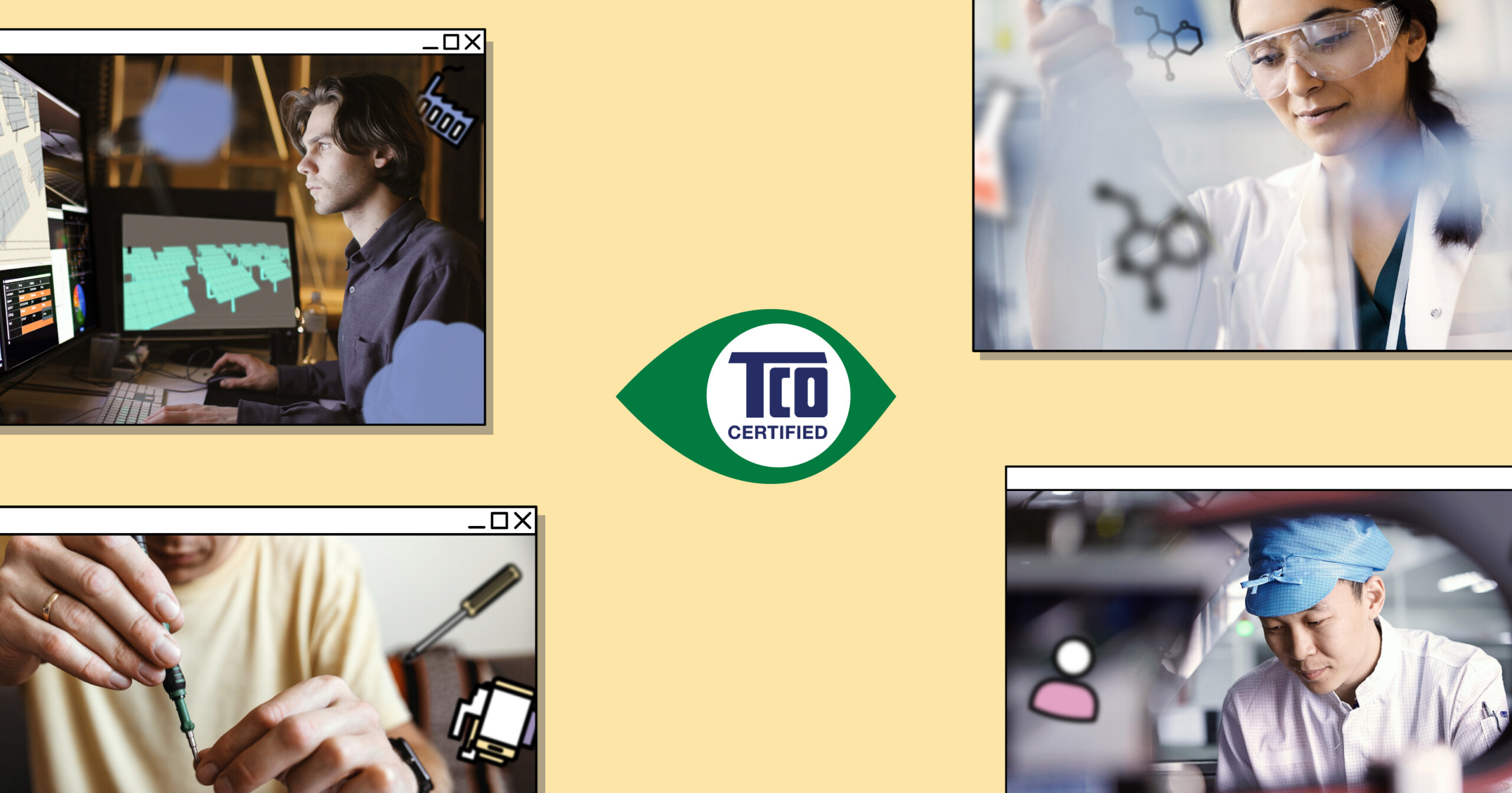Stockholm, 19 January 2021
The global Circular Electronics Day just keeps growing. This year more than 20 organizations stand behind the initiative taking place on January 24 with the aim of inspiring people to buy and manage their electronics in a circular way extending product life and preventing toxic e-waste.
While large corporate and public sector IT buyers are used to including sustainability factors when buying computers and other devices, not all consumers are aware of what actions they can take. The organizations behind Circular Electronics Day want everyone to know that smart choices on what to buy and how to manage your products throughout their life, can make a big difference for the environment, human health and even save you money.
“Whether you’re buying for 10 000 employees or just for yourself, our hands-on tips and best practices are here to help show that it’s actually easy to do the right thing and get more circular with your computers and other digital devices!” says Clare Hobby, from TCO Development, one of the founding organizations of Circular Electronics Day.
In the linear economy, we take virgin natural resources to manufacture products, which often have a short lifespan before they are discarded. This leads to a number of serious sustainability issues, affecting human health and the ecosystem. Valuable natural resources are depleted and toxic e-waste is accumulating at the record rate of 50 million metric tonnes every year. This equals the weight of nearly 4,500 Eiffel towers or over 8 Pyramids of Giza. Adding to the problem, e-waste is often handled in unsafe ways, leading to human health problems and environmental degradation.
In a circular economy, resources are handled in a more responsible way. For electronics, this means reducing virgin resource extraction, extending use-life of products and minimizing waste and pollution.
There are a number of things everyone can do. On the Circular Electronics Day website, these best practices have been made available together with an informational quiz, designed to help people in taking the first step.
Here are the top five ways to manage your IT products in a circular way:
“This year, we want Circular Electronics Day to highlight real-life examples of how organizations and consumers alike contribute to building a circular economy by managing their IT products. By using the social media hashtag #CircularElectronicsDay you can join the conversation.“, Clare Hobby continues.
“Everyone can do something. Engage your organization in a positive way by asking for more sustainable electronic products or start with your own electronics use. Each step toward more circular management of IT products is a win for the planet!” she concludes.
Take the quiz to learn more about circular electronics, watch the webinar with 5 approaches to circular electronics or read blogs from practicing organizations on the Circular Electronics Day website.
About Circular Electronics Day
Circular Electronics Day aims to encourage organizations and consumers to take a more responsible approach to the electronic goods they use. Standing behind the initiative are 3stepIT, ATEA, Chalmers Industriteknik, Closing the Loop, Dell, Dustin, ETIRA, European Remanufacturing Council, Godsinlösen, Greenlyfocus, iFixit, Inrego, International Institute for Industrial Environmental Economics, IVL Swedish Environmental Research Institute, Lenovo, Recipo, Smithereens, TCO Development, Towards Zero Waste, Tradera and WEEE Forum.
Together toward sustainable IT
TCO Certified is the global sustainability certification for IT products, empowering both IT buyers and brands to make more responsible choices. Our comprehensive criteria are designed to drive social and environmental responsibility and are updated continuously to push sustainability where it matters most. Compliance with all criteria is always independently verified for every product. Our Roadmap for Sustainable IT is the long-term plan for addressing issues in four key areas: climate, substances, circularity and supply chain. By using TCO Certified, you join a global movement for sustainable IT.
Contact
Dennis Svärd, Global PR Manager
dennis.svard@tcodevelopment.com
Mobile: +46 (0) 704 804 094



